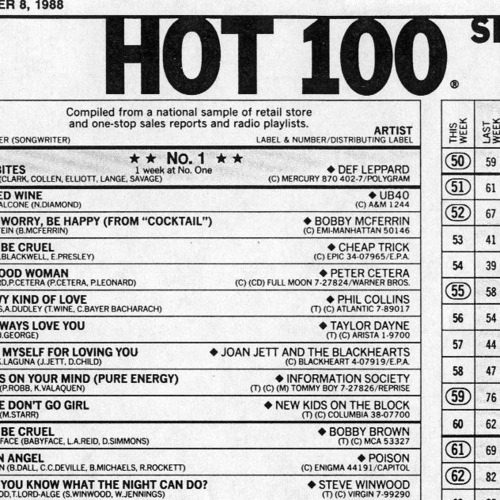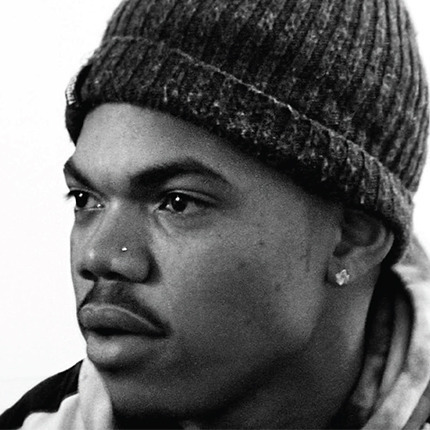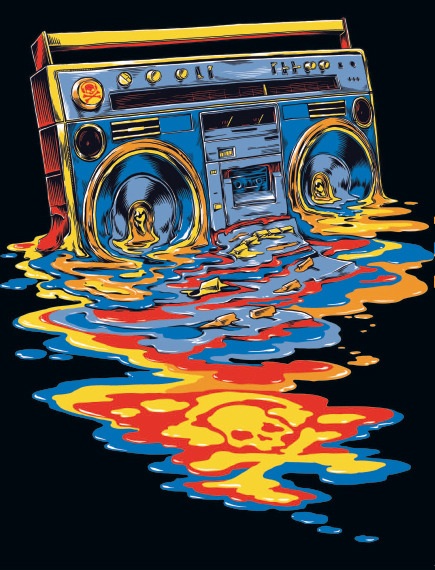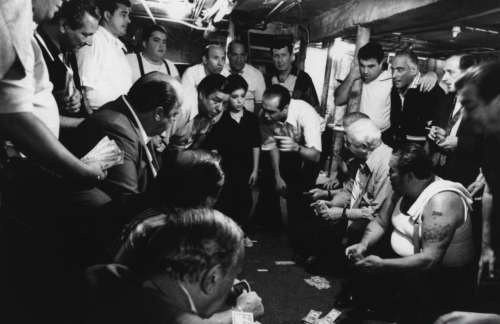The Official Funky Management Blog Based in the Washington, DC Metropolitan area, we are an artist management and representation company dedicated to discovering, developing and delivering exceptional talent to the world.
407 posts
Hear That? On The Radio? That Slick, Dreamy Crooner Dude, Singing About How He's Going Out Of His Mind
Hear that? On the radio? That slick, dreamy crooner dude, singing about how he's going out of his mind over that girl? Well, she's an animal — baby, it's in her nature. He used to play around with hearts that hastened at his call. But when he met that little girl, he knew that he would fall.
Wait a sec ... what song is this? Which dreamy dude is this? What year is this?
Perhaps it's the first week of August, 1958, when the top song in America was Ricky Nelson's "Poor Little Fool" — the first No. 1 song ever on the Billboard Hot 100. The week Billboardlaunched what would become the premier singles chart in America, the list was led by the smooth-as-milk Nelson, acting the part of a player who'd met his match—bewitched by a woman who, it turns out, is even faster than he is.
Fifty-five years later, to the week, we find the Hot 100 topped by "Blurred Lines," a ditty from the smooth-as-milk Robin Thicke. It's about a player who's ... bewitched by a woman who's faster than he is.
So, yeah, gender politics in pop music have scarcely evolved in a half-century—plus ça changeand all that. (Trust: 28-year-old Ricky Nelson had swag. If he'd known in 1958 what a music video was, he'd have shot one with ladies in various states of undress, too.)
The better question is this: How is it that, half a century later, we still follow a chart called the Hot 100 to measure which songs are dominating our earbuds, our streets, our beaches, our dancefloors, our American lives? We don't listen to transistor radios anymore, or buy seven-inch 45-RPM vinyl (not in quantity, anyway). Why is this chart still around?
The Hot 100 was designed to adapt. It's a voracious creature, built to absorb whatever medium is delivering music to the masses at any given time. It's not perfect — any chart where Bob Dylan, Bruce Springsteen and Missy Elliott peak only at No. 2 can't be — but this chart, designed for the music business and followed by pop nerds like me worldwide, is still the best benchmark we have to measure the bigness of hits.
Continue Reading
More Posts from Funkymgmt-blog-blog
Nearly a decade after the mixtape wars of the mid-2000s, the format still resides in an awkward limbo for retailers, distributors, artists and labels. Many retailers stopped carrying mixtapes after the RIAA proved litigious against the sale of unofficial releases, leading police raids on several retailers in 2005 and on the offices of DJ Drama in 2007. But mixtapes remain a critical promotional tool in the industry, particularly among hip-hop artists, where they often rival official albums. Outside the purview of the major-label system, sales of the format have persisted.
Last month, a mixtape album by unsigned artist Chance the Rapper available as a free download landed at No. 63 on Billboard's Top R&B/Hip-Hop Albums chart, having sold 1,000 copies in the week ending July 7, according to Nielsen SoundScan. The collection of original music, "Acid Rap," was sold through iTunes and Amazon, despite having been offered for free on the artist's website since April 30. After representatives of the artist claimed that the sales were being made without their knowledge or compensation, digital versions of the tape were quickly pulled from both retailers. But on Amazon, an apparently unauthorized physical version of "Acid Rap," credited to a company called "Mtc," continues to be sold at press time for $14.83.
"I've never heard of Mtc, so this has taken us by surprise," Chance's manager Patrick Corcoran says. "But when I first saw it I showed Chance, and his lawyers are trying to stop it."
Continue Reading
For the first time since the iTunes store opened its doors, the U.S. music industry finished the year with a decrease in digital music sales.
While the digital track sales decline had been expected due to weaker sales in the first three quarters, the digital album downturn comes as more of a surprise as the album bundle had started out the year with a strong first quarter.
Overall for the full year 2013, digital track sales fell 5.7% from 1.34 billion units to 1.26 billion units while digital album sales fell 0.1% to 117.6 million units from the previous year’s total of 117.7 million, according to Nielsen SoundScan.
While industry executives initially refused to attribute the early signs this year of digital sales weakness to the consumer's growing appetite for streaming, in the second half of the year many were conceding that ad-supported and paid subscription services were indeed cannibalizing digital sales.
While SoundScan has not yet released its annual streaming numbers numbers, so far industry executives have been reporting that the growth in streaming revenue has been offsetting the decline in digital sales revenue.
Overall, album sales suffered an 8.4% decline, dipping to 289.4 million units from nearly 316 million units in 2012. The CD declined 14.5% to 165.4 million units, down from 193.4 million in the prior year, while vinyl continued its ascension rising to 6 million units from the 4.55 million the format tallied in 2012. That means vinyl is now 2% of album sales in the U.S; digital albums comprise 40.6% and the CD is 57.2% and cassettes and DVDs 0.2%
Continue Reading




